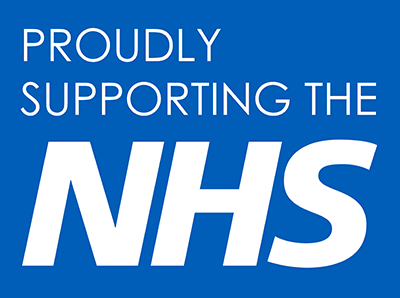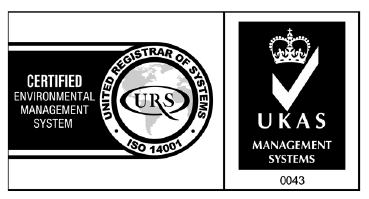Do you know what the early signs of a pressure ulcer are?
Pressure ulcers, also known as pressure sores or bedsores, are localised injuries or damage to the skin and/or underlying tissue. The most common areas for pressure ulcers to develop are over bony prominences, such as at the heels and the sacrum. They occur, as the name suggests, as a result of pressure but other extrinsic factors, such as friction and shear, can also contribute. And then there’s a number of intrinsic factors which can also heighten the risk of pressure ulcers…we’ve looked at this in an earlier blog.
So, knowing what a pressure ulcer is, and how it can develop, is one thing, but can you spot the early signs of a pressure ulcer?
Early signs of a pressure ulcer
This is not as simple process as there are a number of things to look out for:
- Discolouration of an area of the skin – this is usually seen as a red patch on people with pale skin or a purple/blue patch on people with darker skin1.
- Discoloured areas that don’t go white when pressed1.
- An area of skin that can feel spongy, hard or warm1.
- Painful or itchy skin in the affected area1.
- Blisters or damage to the skin2.
Pressure ulcers can develop in as quickly as 2 hours, in some instances. Regular checks of those at risk, is therefore vitally important to detect pressure ulcers at an early stage. Identifying a pressure ulcer early can save time, money and most importantly, save the cared for from experiencing an even more painful wound.
References:








